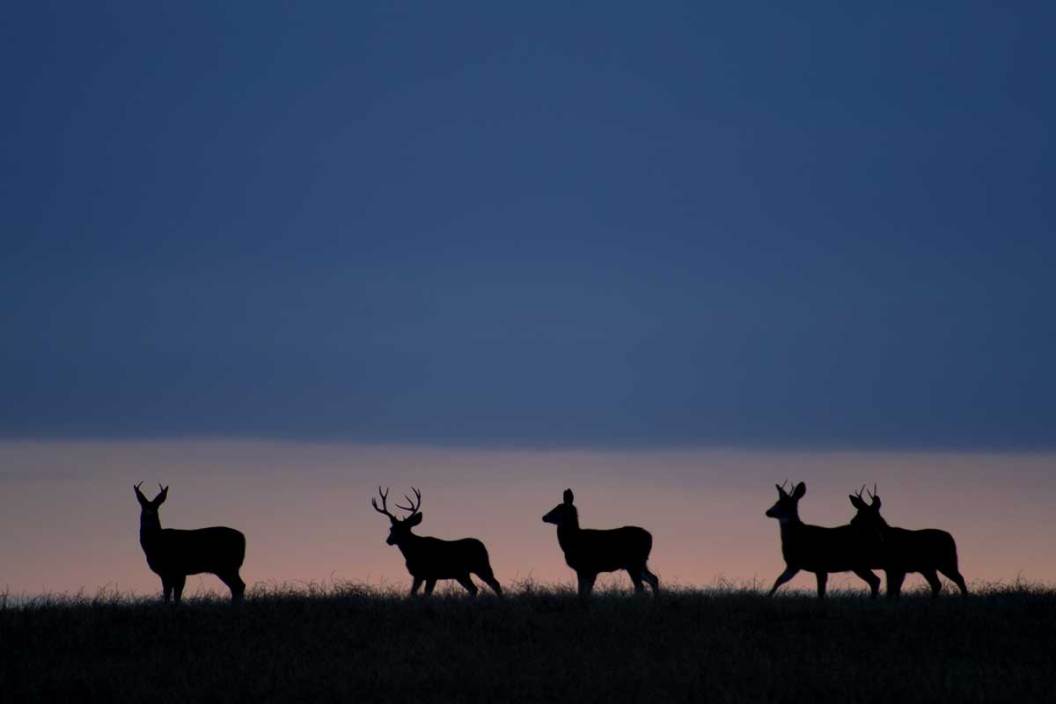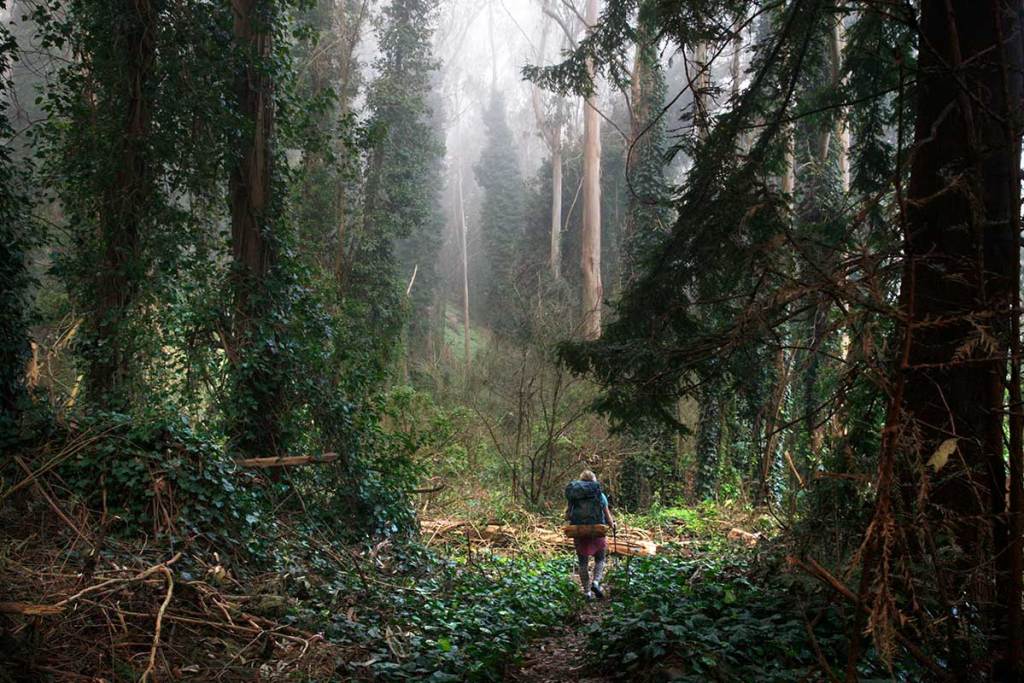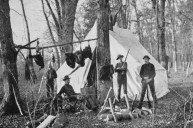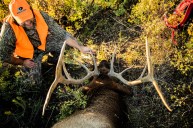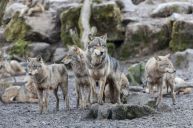Humans often think that we know what's best. Natural resource managers in North America are no exception. Post-colonization, humans have administered all kinds of wildlife management strategies, from increasing ungulate populations via predator removal to introducing non-native species under the guise that it will improve native habitats. In each case, managers were making informed decisions, but their conservation strategies failed due to incomplete knowledge of Earth's complex ecological systems.
Luckily, every failure is an opportunity to learn. Below is an incomplete list of conservation strategies utilized in the past that are no longer best practices, but still offer a deeper understanding of our natural systems so we may better manage them for future generations.
Lethal Poisoning
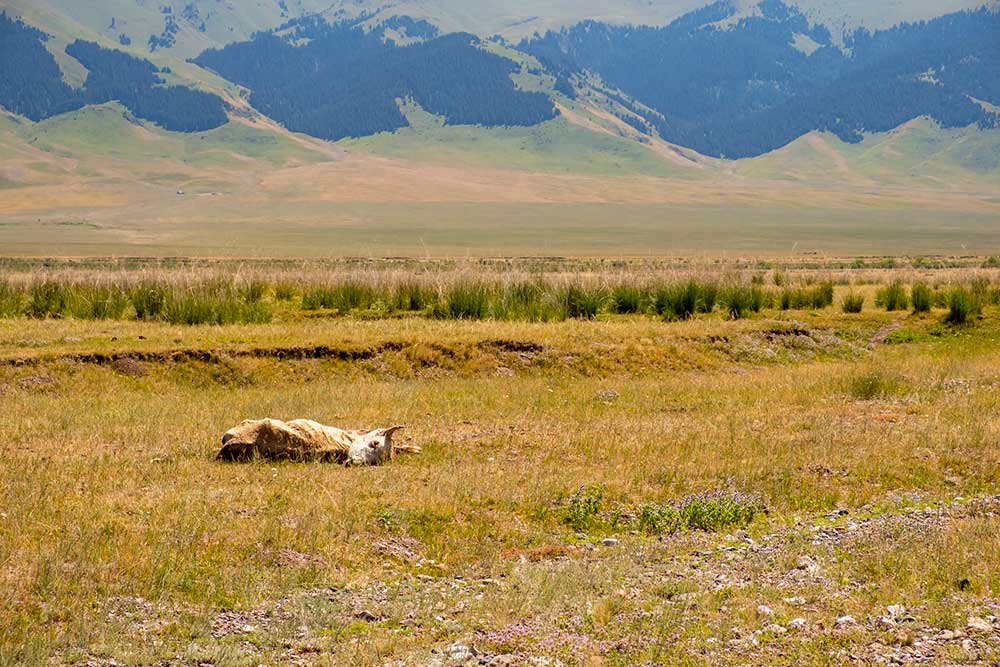
Adil Abdrakhmanov/Getty
Ever since the colonization of North America, folks have been actively removing predator species like gray wolves, coyotes, mountain lions, grizzly bears, and more. There are a few ways to go about doing this, including shooting predators with guns, trapping them, and putting out poisoned animal carcasses on the landscape to bait and kill meat eaters.
Thankfully, in these modern times, hunting and trapping are federally regulated outdoor activities. There are also bag limits and legal harvest methods for individual species within each state. This keeps folks from taking advantage of our natural resources via overharvesting, illegal take, or poaching. The difference between shooting and trapping predators as opposed to poisoning them is that poison doesn't self-select for specific species. Any animal that eats a poisoned, dumped carcass will die, simple as that.
For example, say you're a rancher with a coyote problem. You dump a poison-laden cow carcass in a field to entice the coyotes to eat a free meal; little do they know it will be their last. However, coyotes aren't the only species that will feed on your dead cow. Magpies, eagles, vultures, ravens, foxes, bobcats, and more consume the poisonous rotting flesh. They all die an incidental death because this method of predator management doesn't exclude non-target species.
When this occurs on a large scale, the effects are devastating to local wildlife populations. This makes lethal poisoning no longer a best management practice when it comes to wildlife management.
Introduction Non-Native Species
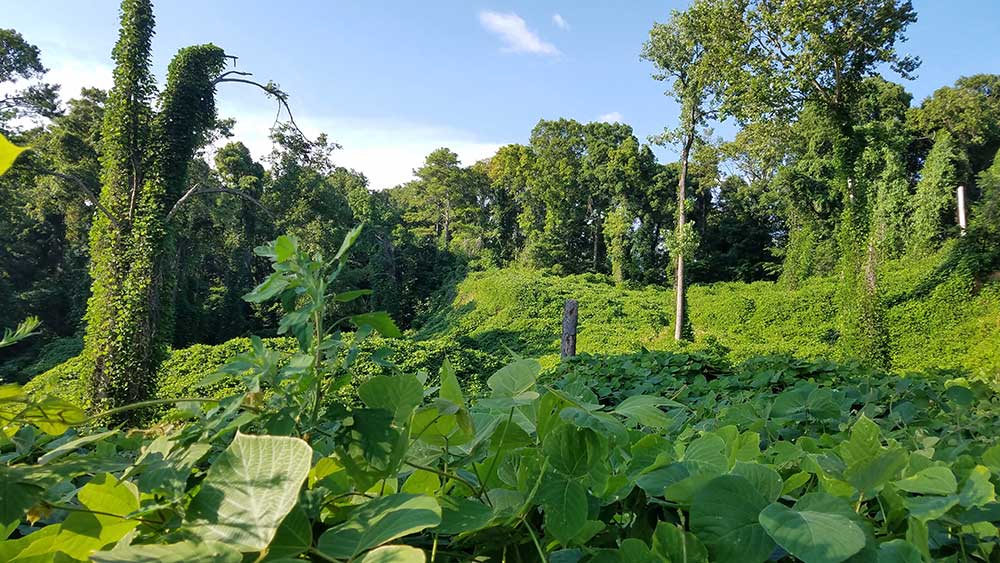
Jonathan Hammond/Getty
North America is ridden with non-native species. Whether they immigrated over from European ships in the 1700s, or migrated to North America on their own due to any number of reasons, invasive species are generally known to wreak havoc on native ecosystems. However, natural resource managers have, at times, intentionally introduced non-native species to our continent. A viney plant called kudzu is a perfect example.
Kudzu, a Japanese perennial vine, was introduced to the southeastern United States in 1883. Soon after, the Civilian Conservation Corps started growing it as a soil erosion solution during the Dust Bowl. It was allowed to propagate across the southeast for over a century. By 1997, the plant was federally listed as a noxious weed. Today, although it's technically not a noxious weed anymore, kudzu covers over 7.4 million acres of land.
What used to be a conservation solution is now a conservation nightmare, because kudzu hurts native habitats and ecosystems. Not only does kudzu outcompete native species by surviving in low-quality habitat, it also smothers mature trees, eventually killing both the tree and plants growing under the canopy by removing their ability to photosynthesize.
Kudzu has also negatively impacted forest productivity. It's estimated that kudzu's economic impact on the forestry industry can be a loss of up to $500 million annually.
That's just the tip of the iceberg. If you really want to go down a rabbit hole, start researching honeysuckle's impacts on native ecosystems, or feral hogs' impact on ranches and farmland across the southern U.S. Introducing non-native species, even for the sake of conservation, is definitely not a best management practice.
Focusing Solely on Game Species Management
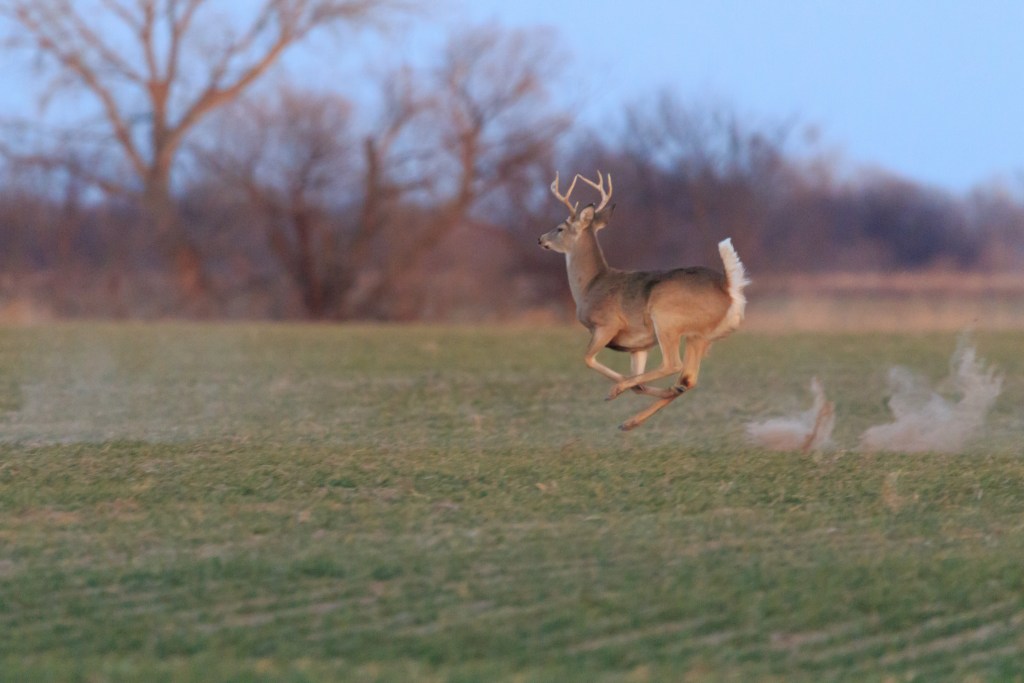
Marine2844/Getty Images
This is one of the oldest-running critiques of wildlife management in North America. Early management strategies were mainly focused on the recovery of game species like whitetail deer, wild turkey, and waterfowl. However, the general public was unsupportive of this narrow focus. Instead, managers shifted to a habitat-based management model to the benefit of all species that use it. For example, migratory shorebirds, mammals, and fish benefit from wetland conservation in addition to mallards, geese, sandhill cranes, and other game bird species.
Today, we have an array of legislation that helps protect our habitat-based model. To dive even deeper on this subject, I recommend researching the Migratory Bird Treaty Act, the Lacey Act, the history of the Duck Stamp, the Endangered Species Act, and more. In today's climate, it's important to conserve as many species as possible. Species-specific conservation is no longer a best practice.
Predator Removal
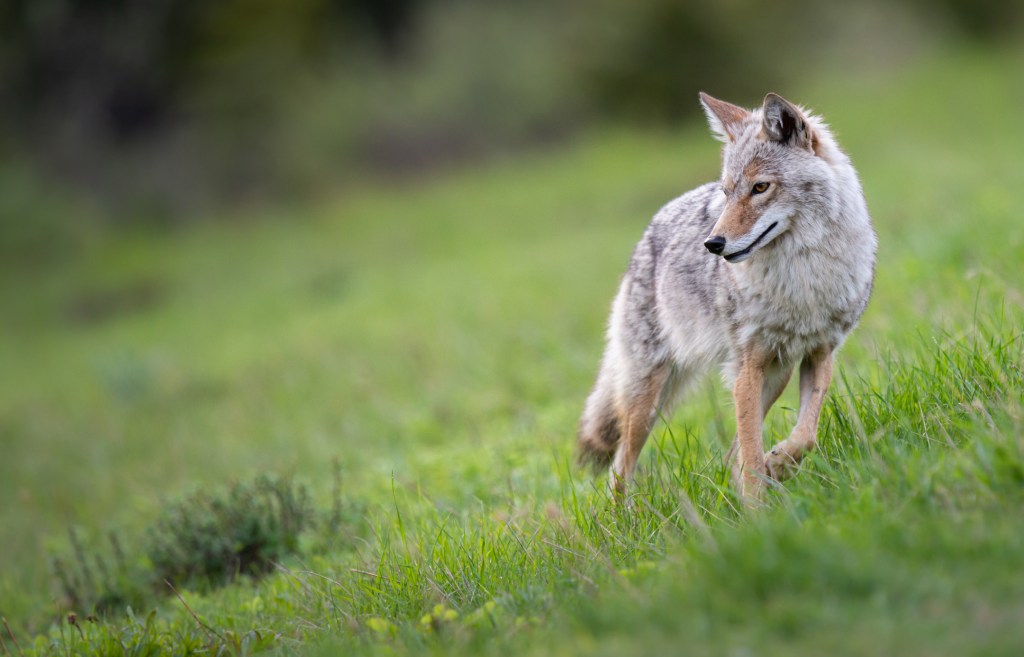
Jillian Cooper/Getty
I touched on this before when we discussed lethal poisoning, but the removal of predators in and of itself is not a good management practice, either. Natural predators play a natural role in our wild ecosystems; by completely removing them, managers allow prey populations to increase, which causes its own set of problems.
Does a little coyote hunting tend to help a local deer herd on your small- to medium-sized property? Sure, there are benefits there. But a complete eradication will have unwanted effects.
The overpopulation of whitetail deer in some areas is a great example. I grew up in southern Wisconsin where as a kid, I'd walk through the woods and see the line in the trees where the deer couldn't reach the leaves anymore. They'd eaten as much as they could out of the forest's understory (except for garlic mustard, another introduced species that outcompetes native vegetation, like deer's preferred forage) and in the trees' lower branches. The carrying capacity for this habitat was out of whack; there were too many deer living in one place, not enough food for all of them, and they were fiercely competing with each other due to the heightened population. This also led to agricultural crop damage from deer.
Removing all the predators from an ecosystem, or even a fraction, can send things into this sort of imbalance. Aldo Leopold wrote a great essay on this subject titled "Thinking Like a Mountain." I highly recommend it if you haven't read it already.
Fire Suppression
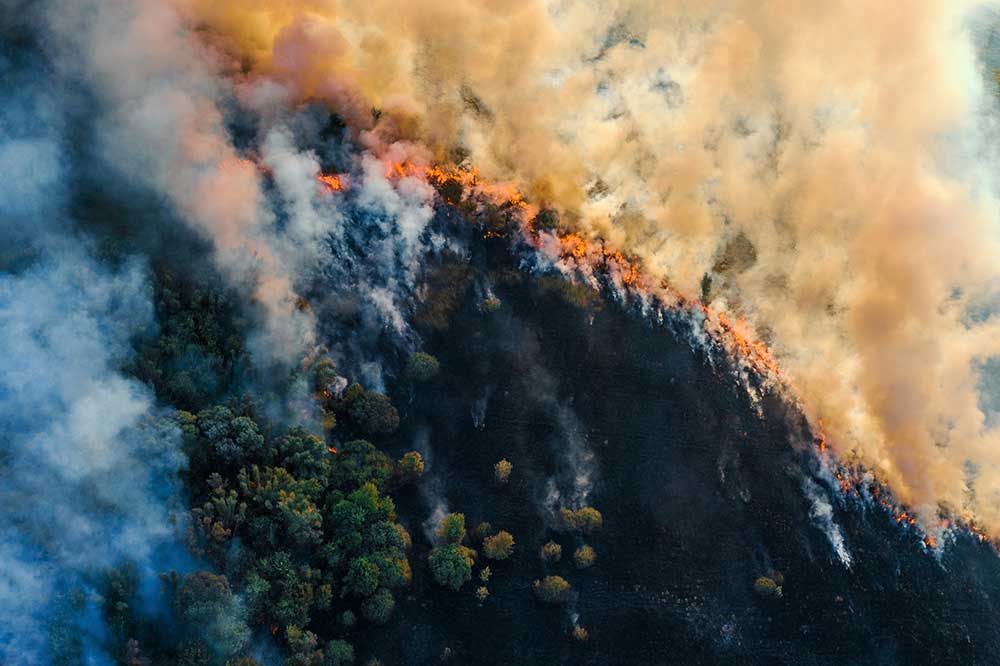
DedMityay/Getty
After managers decided to take a habitat-level approach to wildlife conservation, in some places, this concept went a little too far. Preservationist approaches to land management meant fire fuel load buildup on federal lands. Smokey the Bear was awful successful in his campaign to stop forest fires, and as a result, we see catastrophic wildfires today instead of smaller, manageable, and more frequent fires. My current state of residence is Colorado and I've been bearing witness to this for the last four years. Thankfully, my state actively pursues controlled burning on federal lands to help mitigate catastrophic wildfires in the future.
Removal of Indigenous Management Practices
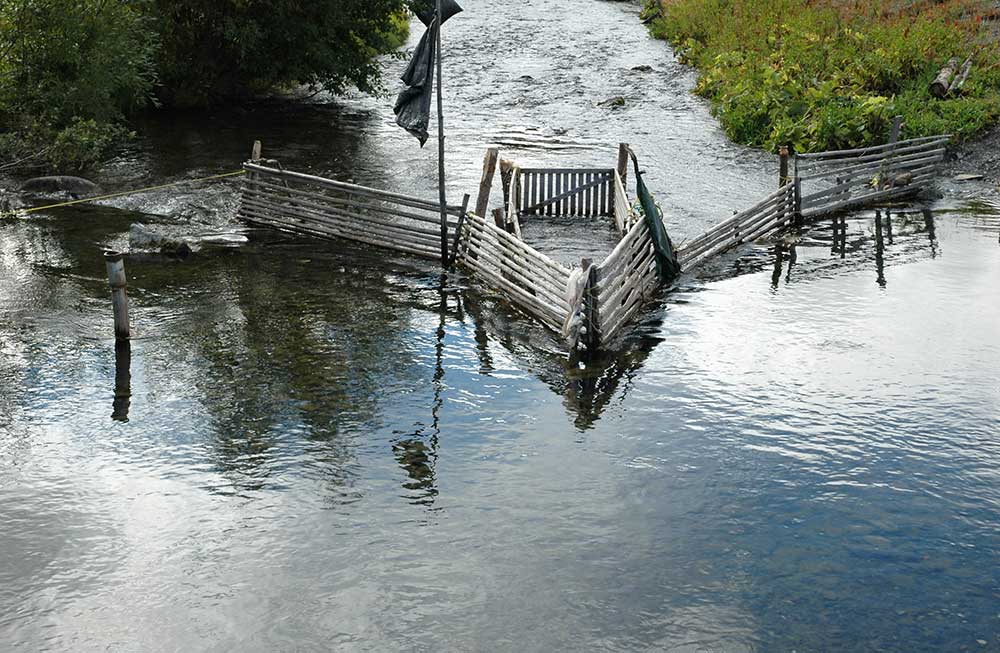
brytta/Getty
It's naive to believe that North American natural resources were going unmanaged prior to colonization. Indigenous peoples acquired thousands of years of traditional ecological knowledge that they've passed down via word of mouth through the generations. Today, there's also scientific evidence to back this claim up.
There are countless pioneer accounts of witnessing beautiful, food-filled valleys, savannas, and rivers from the 1600s and onward. These bountiful places were the result of active management by Indigenous peoples. Tribes practiced everything from controlled burning to active wildlife population management, and were known for their use of "the entire animal" when a fish or mammal was harvested for consumption. The exclusion of this incredible knowledge base should not be considered a best management practice.
We Don't Know Everything
Conservation is a humbling field because humans have a limited understanding of our planet's complex natural systems. To intelligently practice conservation, we should internalize that we don't know everything. Of course, scientific research and traditional ecological knowledge are necessary elements of sound conservation. However, it is unrealistic to believe that wildlife managers make conservation decisions based on having total knowledge of a subject.
There will always be unknowns when it comes to wildlife management. Sometimes, these unknowns will lead to conservation mistakes and failures. When this occurs, it's critical that we look at mistakes as opportunities to learn. Hopefully, the recognition and examination of our previous conservation failures will inform our best management strategies for the future.
